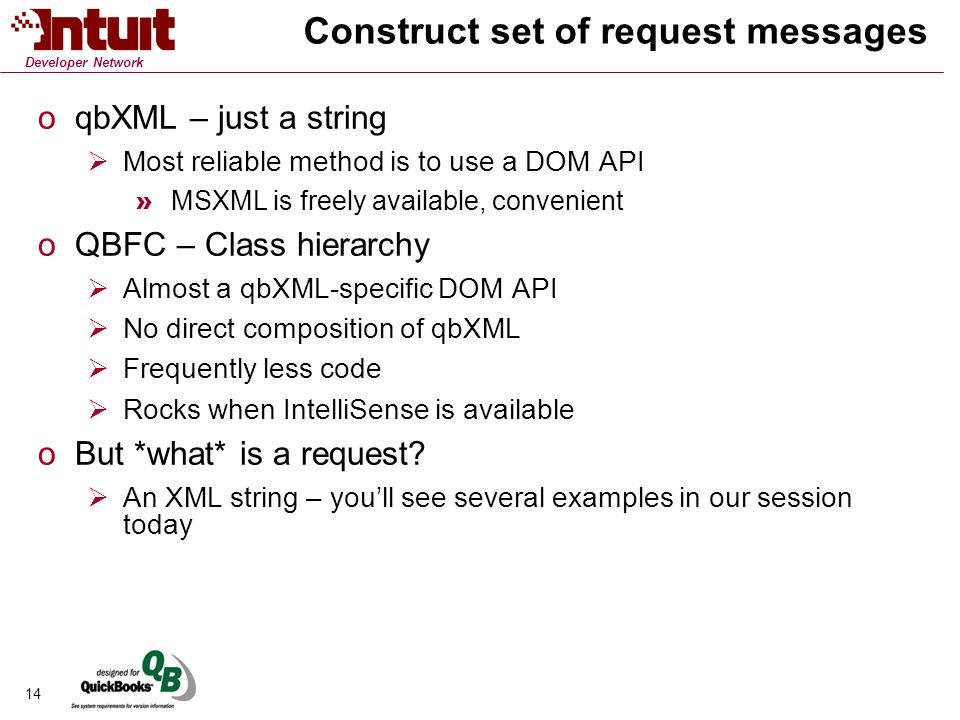

However, within a real organization a Customer is much more than just an address to ship sales. From the perspective of this order fulfillment application, a customer has a shipping and a billing address and can be easily related to the orders she has placed. For example, in a relational database you might have Customer, Sales Orders, and Products tables to capture the fact that customers order products. With a single greenfield application, it is possible to build a data model that represents the concepts behind a particular business process. This is brittle and expensive in today’s environment, dominated by relational databases. What does a Customer mean? What are its defining properties? How is it related to other things that are important to my business or mission? Which systems can generate customers? How do I represent customers to my applications? How many customers do I know about? Which ones do not adhere to the rules of my business?…Īnswering these questions today typically involves complex point-to-point integration to bridge different representations of the data and different interpretations of its meaning. Across different databases, each purpose-built for a specific application can be impossible. Making sense of it within one database is difficult. The context of the data-its meaning-is stored in SharePoint or Excel or a ragged ERD printout in some DBA’s cube-everywhere (and nowhere) except for the database where the data is stored.
#QB SDK ENTITIES COLLECTION SOFTWARE#
The dominance of relational over the last 40 has improved what is possible with the relational model, but has not addressed the fundamental mismatch between relational and increasingly complex concepts and interactions that developers code into software and analysts devise to run a business or achieve a mission. Instead, pragmatic data modelers have focused on what is achievable within the constraints of relational, pushing the mapping of concepts off to external ETL processing and application code. However, the relational model that has dominated the database industry over the last 40 years was ill suited to handle the complexities and unpredictability of real-world concepts. Possible ways to derive their views of data from the entity-relationship model are presented.” This model incorporates some of the important semantic information about the real world…The entity-relationship model can be used as a basis for unification of different views of data…Semantic ambiguities in these models are analyzed. “A data model, called the entity-relationship model, is proposed. The idea was that you could use this analysis to unify multiple storage and transaction models to better represent the real world across different systems. In a seminal paper published in 1976, Peter Chen, the renowned computer scientist, put forward the idea of capturing information about the real world as entities and relationships. Code Generation APIs: Using the entity type model, Entity Services can generate code and configuration to speed up development and reduce translation errors.



This convention is designed for extensibility to accomodate different types of data and a wide range of data governance practices. Persistence convention: Using the entity type model, Entity Services provides a default data model for storing and versioning entity instances, their metadata, and even the raw data from which the entities are derived.Data owners and domain experts describe the semantics, or meaning, of the data and the rules that govern it using the extensible entity model. Entity Services provides a vocabulary for describing, validating, and querying entity models. Entity Type Model: The entity type model describes entities, their properties, and relationships to other entities.This provides better alignment between business analysts who define the entities and the developers who combine them in application code.Įntity Services is made up of three core capabilities that work together to simplify data integration and application development with MarkLogic. Consulting Services Expert implementationĮntity Services is a way to design applications around real-world concepts, or entities, such as Customers and Orders, or Trades and Counter Parties, or Providers and Outcomes.Multi-Model Database Documents, graphs, relational data.Data Hub Service Fully managed cloud data hub.MarkLogic Data Hub → Learn how MarkLogic simplifies data integration.


 0 kommentar(er)
0 kommentar(er)
